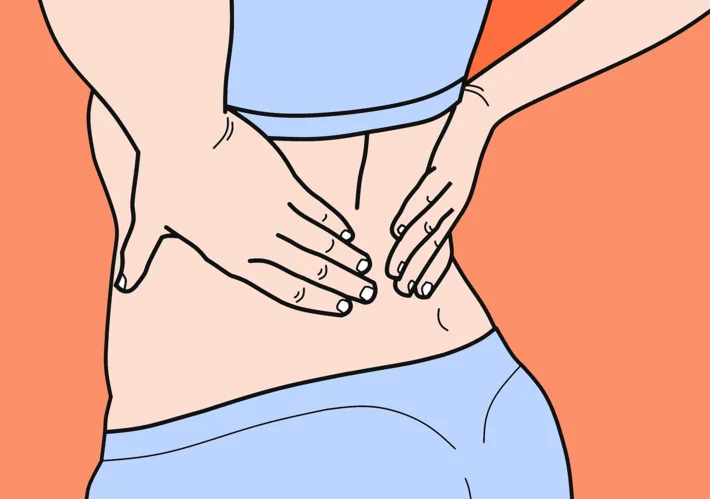
Meet with the best piriformis syndrome physical therapists in Del Mar, California
Del Mar, California, Luna’s physical therapists are experts in helping patients with piriformis syndrome reduce pain, increase mobility, and return to the activities and lifestyle that they enjoy. With proven techniques, personalized stretching and strengthening routines, and unparalleled expertise, our licensed PTs will design therapy programs tailored to each patient’s needs.
Best of all, with Luna, patients can get physical therapy sessions in the most convenient location of all — home. It’s physical therapy, delivered.

What is piriformis syndrome?
The piriformis, a band-like muscle located behind the gluteus maximus, assists with hip rotation and the motions involved in walking and running. Patients suffering from piriformis syndrome experience severe pain and discomfort as the piriformis compresses and irritates the sciatic nerve.
It can be difficult to distinguish piriformis syndrome from other forms of sciatica, as the symptoms are nearly identical. Estimates suggest that about 5% of sciatica cases are due to piriformis syndrome. However, because there is no official test for the condition, its prevalence isn’t fully understood. In many cases of piriformis syndrome, a specific cause cannot be identified.
Source: Harvard Health

What causes piriformis syndrome?
Pinpointing the precise cause of piriformis syndrome often presents a challenge. While it’s known to be caused by pressure on the piriformis muscle, this can originate from a wide number and combination of sources. It is known, however, that injury to or abnormal growth of the muscle can precipitate the condition’s eventual development.
In addition to these known causes, scoliosis and other conditions relating to abnormal spine alignment can put individuals at greater risk. Having legs of two different lengths or preexisting foot problems constitute additional risk factors.
The most common causes of piriformis syndrome include:
- Injury
- An irregular piriformis muscle
- Scoliosis
- An irregular sciatic nerve



















